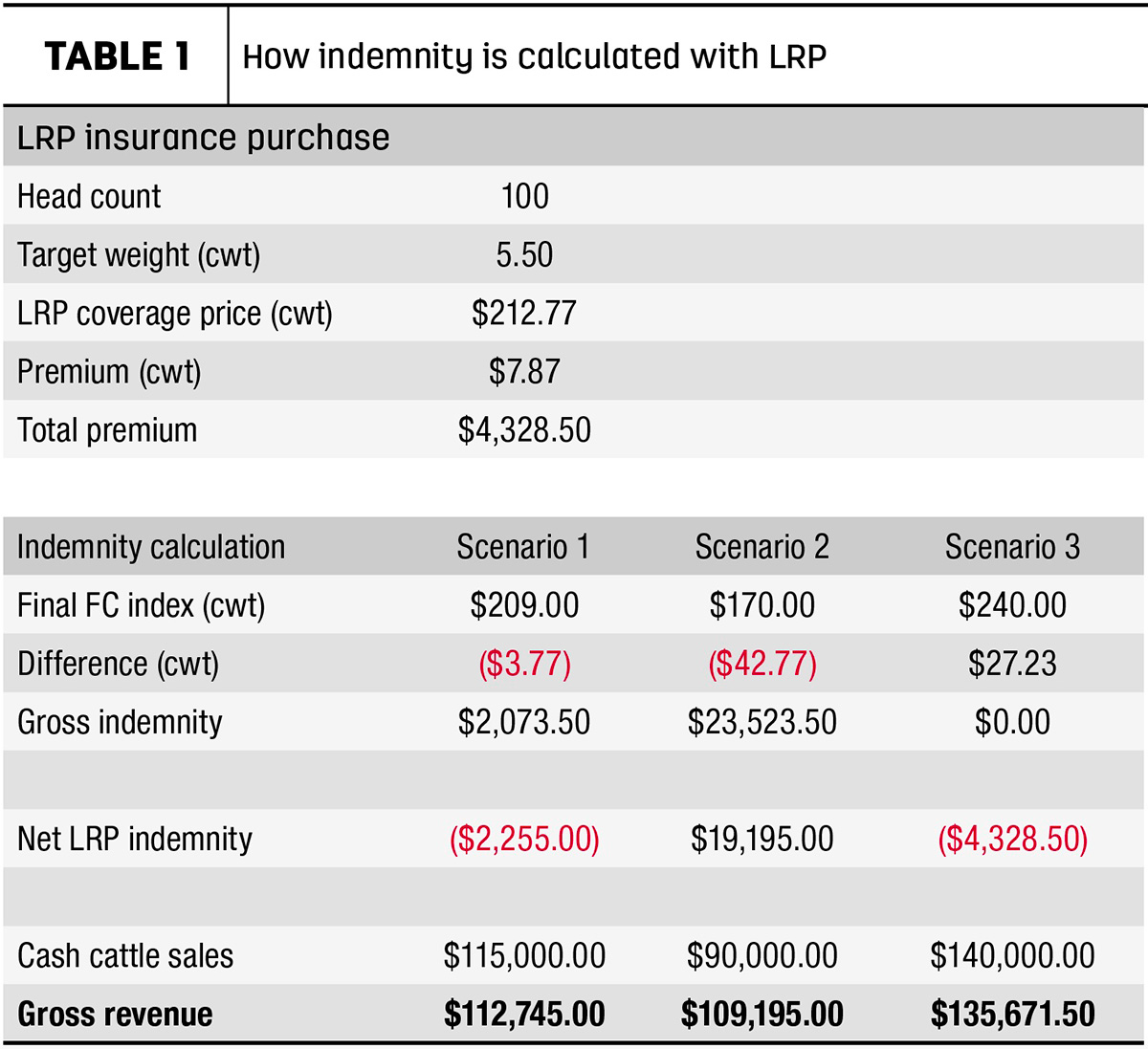Navigating Service Risks with Bagley Risk Management
Navigating Service Risks with Bagley Risk Management
Blog Article
Comprehending Livestock Danger Security (LRP) Insurance: A Comprehensive Guide
Browsing the realm of livestock danger protection (LRP) insurance can be an intricate endeavor for numerous in the farming industry. From how LRP insurance policy works to the numerous insurance coverage alternatives offered, there is much to uncover in this extensive guide that might possibly form the method livestock producers come close to threat monitoring in their organizations.

How LRP Insurance Coverage Functions
Sometimes, recognizing the technicians of Livestock Risk Security (LRP) insurance can be complex, but damaging down just how it functions can provide quality for herdsmans and farmers. LRP insurance policy is a risk monitoring device developed to protect livestock manufacturers versus unanticipated cost declines. It's vital to note that LRP insurance policy is not an earnings warranty; rather, it focuses only on rate threat defense.
Qualification and Protection Options

When it comes to protection options, LRP insurance policy provides producers the flexibility to choose the insurance coverage degree, protection period, and endorsements that best suit their danger administration requirements. By understanding the qualification requirements and insurance coverage alternatives offered, livestock manufacturers can make enlightened decisions to take care of danger successfully.
Advantages And Disadvantages of LRP Insurance Coverage
When assessing Livestock Danger Security (LRP) insurance policy, it is important for livestock manufacturers to evaluate the advantages and drawbacks intrinsic in this danger administration device.

One of the key advantages of LRP insurance policy is its ability to give protection against a decline in livestock costs. In addition, LRP insurance coverage uses a degree of flexibility, allowing manufacturers to personalize protection levels and policy durations to match their specific requirements.
One constraint of LRP insurance policy is that it does not safeguard versus all types of threats, such as condition break outs or all-natural calamities. It is essential for producers to very carefully examine their individual threat exposure and economic situation to determine if LRP insurance policy is the appropriate risk management tool for their procedure.
Comprehending LRP Insurance Premiums

Tips for Making The Most Of LRP Advantages
Maximizing the benefits of Livestock Risk Protection (LRP) insurance policy requires critical preparation and aggressive check risk administration - Bagley Risk Management. To make the many of your LRP coverage, consider the complying with suggestions:
Regularly Evaluate Market Problems: Stay educated concerning market fads and price variations in the livestock market. By keeping an eye on these elements, you can make educated decisions concerning when to purchase LRP insurance coverage to safeguard versus possible losses.
Set Realistic Coverage Levels: When picking coverage degrees, consider your production expenses, market value of livestock, and potential risks - Bagley Risk Management. Establishing practical protection degrees guarantees that you are sufficiently safeguarded without paying too much for unneeded insurance policy
Expand Your Protection: Rather than depending entirely on LRP insurance, think about expanding your threat monitoring strategies. Integrating LRP with other risk monitoring tools such as futures agreements or options can supply comprehensive coverage against market uncertainties.
Review and Change Insurance Coverage On a regular basis: As market problems alter, regularly evaluate your LRP protection to ensure it lines up with your current risk exposure. Changing coverage degrees and timing of purchases can assist enhance your risk security approach. By following these tips, you can make the most of the benefits of LRP insurance policy and secure your livestock procedure versus unexpected threats.
Verdict
In verdict, livestock threat defense (LRP) insurance policy is a valuable tool for farmers to take care of the financial dangers connected with their animals procedures. By understanding just how LRP functions, qualification and coverage options, as well as the advantages and disadvantages of this insurance, farmers can make enlightened choices to shield their resources. By carefully considering LRP costs and implementing strategies to optimize advantages, farmers can reduce possible losses and guarantee the sustainability of their procedures.
Livestock producers interested in acquiring Animals Threat Security (LRP) insurance policy can check out a range of qualification requirements and coverage options customized to their particular livestock procedures.When it comes to coverage choices, LRP insurance offers producers the versatility to choose the coverage level, coverage period, and recommendations that ideal suit their risk management demands.To grasp the intricacies of Animals Risk Protection (LRP) insurance completely, comprehending the factors affecting LRP insurance coverage read what he said costs is important. LRP insurance policy costs are identified by different components, consisting of the coverage level selected, the anticipated price of livestock at the end of the insurance coverage duration, the kind of livestock being guaranteed, and the length of the insurance coverage duration.Evaluation and Readjust Insurance Coverage Routinely: moved here As market conditions alter, occasionally evaluate your LRP protection to ensure it straightens with your present danger direct exposure.
Report this page